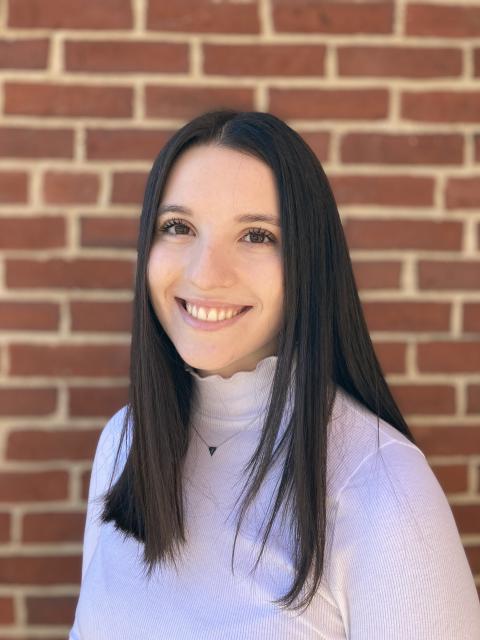In the summer of 2021, I received a Summer Undergraduate Research Fellowship (SURF) to explore the strategies occupational therapists use to help engage children with sensory processing disorders. Sensory processing disorder is a neurodevelopmental disorder where the child has difficulty modulating and processing sensory input from the environment, like sounds, lights, and textures. I used descriptive research methods, including thematic analysis of observations and interview data.

After obtaining informed consent, I observed a total of three occupational therapy sessions with three different children at a local pediatric clinic site. The children ranged in age from seven to eleven years, and the occupational therapist administered an assessment of their sensory processing abilities and cognitive function prior to the observations. The assessment gave me a better understanding of each child before observing their therapy sessions.
As an observer, I was present in the room taking field notes during the sessions. I interviewed the occupational therapist before and after each therapy session to informally discuss the strategies used and how the strategies affected the child’s behavior. Although I have not completed my analysis, I have identified some common strategies used by the therapist.
Strategies included various ways of giving directions; nonverbal communication, like facial expression; tone of voice; giving the children choices; engaging in active listening; and giving the children positive feedback and encouragement. The therapist also used sensory activities to enhance participation. For example, at the beginning of one session, she brought out a fidget toy for the child to play with, and in another instance the child started the session by using the swing in the therapy room. It seemed like these sensory activities helped the child pay attention and promoted their engagement during the therapy session.
Another strategy I observed was that the therapist directed the children’s attention by tapping on the object or a place where she wanted the child’s attention. The tapping sound and movement helped the child to focus on the task at hand. The therapist also used tactile cues by lightly touching the child’s hand with one finger when asking the child to pick something up or use a specific hand for an activity.
A behavior strategy I observed was modeling. This strategy promoted engagement in participation because the child wanted to do the same thing that the therapist was doing. For example, in one session the therapist was modeling how to apply sunscreen. She started by putting some in her hand. As soon as she did this, the child wanted some sunscreen as well. He followed along and was more willing to participate because the therapist was doing the activity with him.
This research contributes to the field of occupational therapy because it explores the techniques that may be effective in engaging children during their treatment sessions. With each session being individually tailored to the child, occupational therapists must continually change and adapt their engagement strategies to meet each child’s needs at that time. As an occupational therapy student, I am constantly learning how to apply the knowledge I gain through field experiences, including this research. Now that I have been fortunate enough to observe multiple therapy sessions, I will have better clinical reasoning skills and an overall deeper understanding of the profession. I hope to use these same strategies when I am out in the field to help engage my own clients, whether they are children with sensory processing disorder or a different population, such as children with autism spectrum disorder.
I would first like to say how thankful I am for this research opportunity and that I was able to get the chance to do research in the field of occupational therapy. I want to thank my research mentor, Dr. Shelley Mulligan, for not only inspiring me with her own research but also helping me through this process and dedicating her time and effort to it as well. Thank you to the Hamel Center for Undergraduate Research for awarding me a Summer Undergraduate Research Fellowship (SURF) USA, and to Mr. Dana Hamel and the Occupational Therapy 50th Anniversary Endowment for the financial support of my SURF award. Thank you to the participants of my study for allowing me to use your data for my research. Lastly, thank you to my family and friends who have showed tremendous support and have encouraged me to push myself to do my best.
Copyright 2021, Alexis Goldstein
